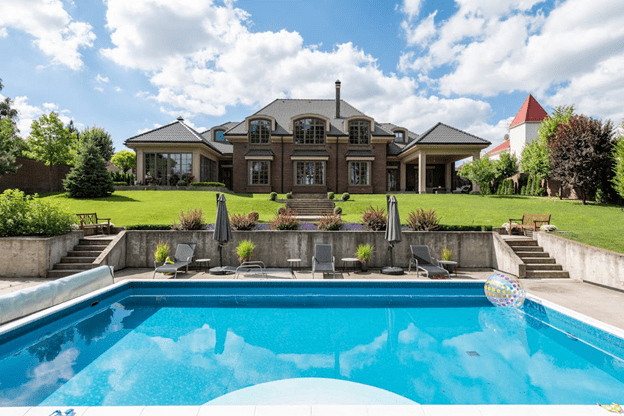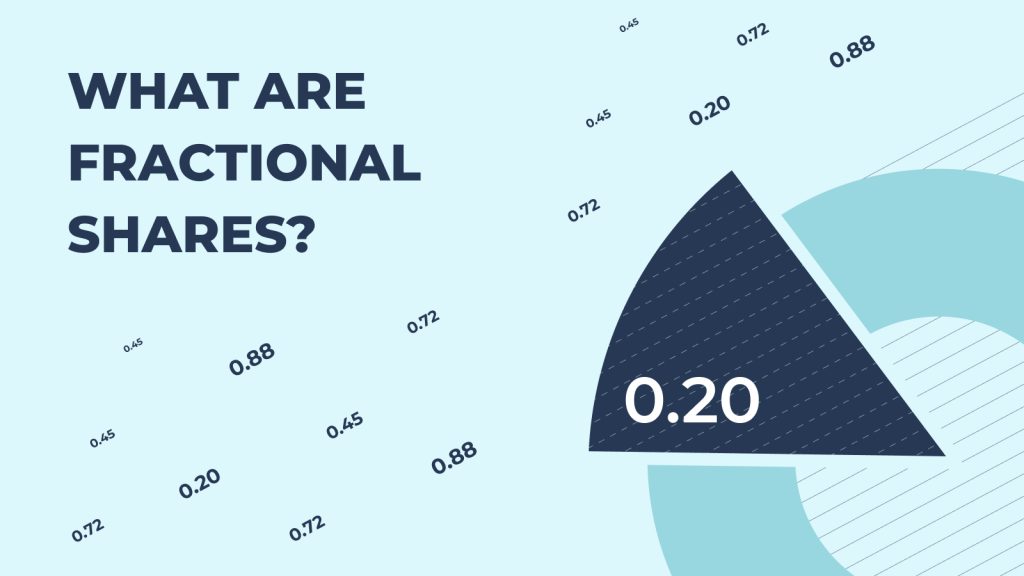The American dream of owning a starter home is increasingly becoming just that—a dream. The latest Zillow report paints a stark picture: the number of cities where the average starter home costs at least $1 million has skyrocketed.
In 2023, there are 237 such cities, almost triple the 84 cities recorded before the pandemic in 2019. This trend underscores a growing affordability crisis that continues to burden first-time homebuyers.
The Lock-In Effect and Its Impact on Housing Inventory
One of the key factors contributing to this crisis is the “lock-in effect.” This phenomenon occurs when existing homeowners are reluctant to sell due to rising mortgage rates, driven by Federal Reserve rate hikes. As a result, the housing inventory remains low, exacerbating the supply-demand imbalance. Homeowners, benefiting from previously low mortgage rates, are staying put, leading to fewer homes available on the market.
High Demand and Rising Prices
Despite the limited supply, demand for homes has remained robust. This high demand, coupled with low inventory, has propelled home prices to new heights, making it increasingly difficult for prospective buyers to find affordable options. The dream of purchasing a starter home is slipping further out of reach for many first-time buyers.
Geographic Concentration of $1 Million Starter Homes
Interestingly, the prevalence of $1 million starter homes is not evenly distributed across the United States. According to Zillow, these expensive starter homes are primarily concentrated in a few states. California leads the pack with 117 cities where starter homes cost at least $1 million. New York follows with 31 such cities, New Jersey with 21, and Florida and Massachusetts each with 11.
Restrictive Building Regulations and Homeownership Rates
Zillow’s report also highlights a correlation between restrictive building regulations and the number of cities with $1 million starter homes. Markets with the most stringent building regulations tend to have the highest numbers of expensive starter homes. These markets also typically have lower homeownership rates, suggesting that regulatory barriers are exacerbating the affordability crisis.
The National Picture of Starter Home Prices
Nationally, the typical starter home is now valued at $196,611, a staggering 54.1% increase over the past five years. This rate of increase surpasses the 49% rise in home prices overall during the same period. This data underscores the growing financial burden on first-time homebuyers, who are finding it increasingly difficult to enter the housing market.
Downpayment Challenges and Rising Home Values
Adding to the financial strain, earlier Zillow data indicates that homebuyers now need a 35% downpayment to afford a typical home, up from the traditional 20%. The number of cities where the median-priced home is at least $1 million has also risen, reaching 550 from 491 last year. These figures highlight the steep financial hurdles that prospective homebuyers must overcome in today’s market.
Signs of a Market Shift
Despite these daunting challenges, there are some positive signs for homebuyers. Mortgage rates have dipped slightly amid expectations of Federal Reserve rate cuts later this year. Additionally, more listings are entering the market, and builders are increasing inventory, which could help alleviate some of the supply pressures.
Increased Buyer Negotiating Power
Zillow notes that the rising housing inventory is shifting the negotiating power towards buyers. With more homes for sale, buyers have more time to weigh their options and negotiate better deals. This shift is reflected in the record-high price cuts observed for this time of year, indicating a more favorable environment for prospective buyers.
Conclusion
The current housing market presents a challenging landscape for first-time homebuyers, particularly those seeking affordable starter homes. The rise of $1 million starter homes in many cities highlights the severity of the affordability crisis. Factors such as the lock-in effect, high demand, and restrictive building regulations have all contributed to this situation.
However, the market is showing some signs of shifting in favor of buyers. Lower mortgage rates, increased listings, and a growing inventory of homes are creating more opportunities for prospective buyers to find affordable housing. While the path to homeownership remains steep, these developments offer a glimmer of hope for those looking to achieve the American dream of owning a home.
As the housing market continues to evolve, it is crucial for policymakers, builders, and buyers to work together to address the underlying issues driving the affordability crisis. By implementing more flexible building regulations, increasing housing supply, and providing financial support for first-time buyers, it is possible to create a more balanced and accessible housing market for all.
For more insights on the housing market and financial strategies, visit ImpactWealth.Org, where we delve into the latest trends and provide expert advice to help you navigate the complexities of real estate and personal finance.
Also read:
Home Prices Soar to New Heights, Deepening the Divide in the Housing Market

















